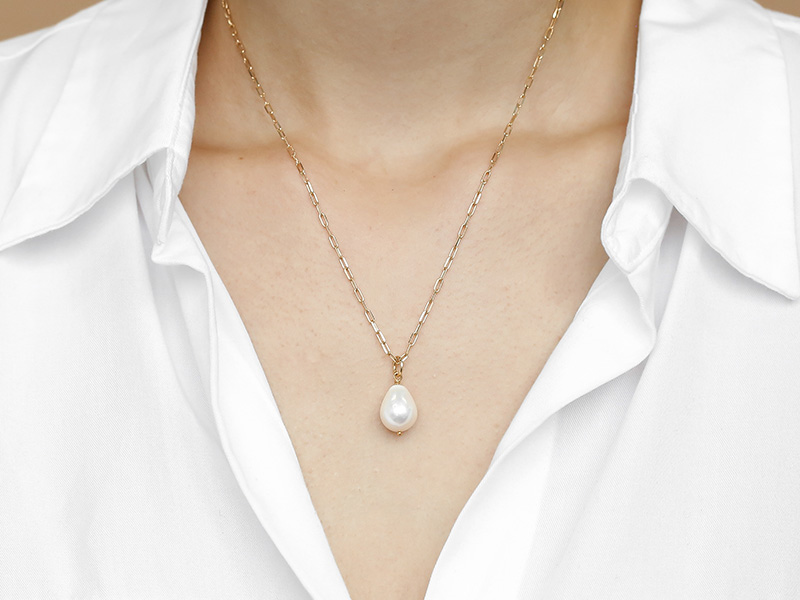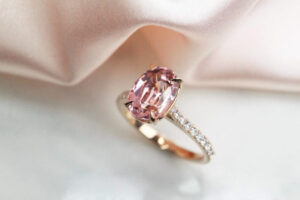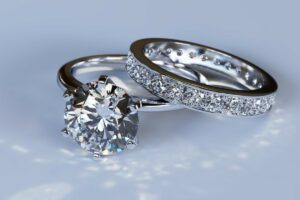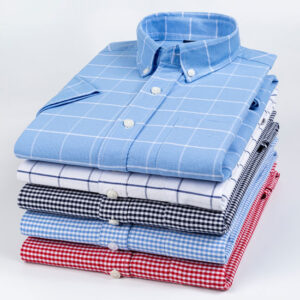
Pearl jewelry are adored and valued, especially the rare ones obtained from the ocean or sea. However, even the cultured pearls available are natural pearls produced by oysters in a farm. Today, they are easily accessible and affordable. Unfortunately, the difference in prices confuses first time pearl buyers. They feel perplexed when a single pearl strand costs $325, while another same looking rope costs $125. Actually, there are multiple variables that play a role in pearl pricing.
Natural & cultured pearls
Pearls are produced naturally, when an irritant enters the inner shell of specific oysters. Cultured pearls are also produced by oysters but the process includes implanting an agent surgically inside the oysters and nurtures them in a farm. The wildly produced pearls take years and are rare to find but cultured ones take short time and are easily accessible.
How to tell the difference between cultured and natural pearls?
In an X-ray, natural pearls internal formation and growth stages. Cultured pearl has a solid center but no evidence of growth. For more information on difference between natural and cultured pearls, you could visit pearlsonly.com.
Pearl pricing variables
- Size
Size of pearl is expressed in millimeters using the diameter. Half mm difference creates a lot of difference in its value.
- Shape
Perfect round shapes are ideal. Irregular shapes decrease its price. Irregular shapes can enhance the jewelry’s uniqueness at times. Common shapes are tear drop, oval or flat.
- Luster
It measures how bright pearl shines or how it reflects the light.
- Color
The water and oyster determine the pearl color. Deeper the color means more rare and expensive pearl becomes. Main body color is generally, white, silver, cream, grey and black. Secondary color is overtones. They can be pink, purple, blue and green.
- Surface blemishes
Pearls surface without dents or blemishes are expensive. However, there is some kind of blemishes because in natural world there is nothing called perfect. It may not be visible to your naked eye.
- Matching
Matching means how pearl matches other pearls to be included in a set. Finding them is very hard. It means the shape and color needs to match. It is seen that in a necklace pearls in front are large and reduce gradually as they move backwards.



